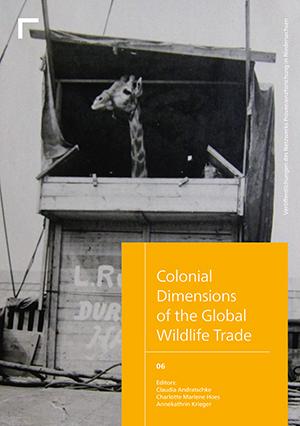How to Cite
License (Chapter)

This work is licensed under a Creative Commons Attribution-ShareAlike 4.0 International License.
Identifiers (Book)
Published
Ancestors and Descendants: On Provenance and Repatriation of Ancestral Remains of Hawai’I in Collections of the Georg August University of Göttingen
From 2020 to 2023, the interdisciplinary research project Sensitive Provenances at the Georg August University of Göttingen investigated the Blumenbach Skull Collection and the Anthropological Collection of the University with regard to their holdings’ entanglements with colonial contexts. In this paper, we report on the provenance research that led to the repatriation of 13 ancestral remains, or iwi kūpuna, to Hawai’i. The iwi kūpuna were taken during the second half of the 19th century from abandoned battlefields or gravesites – without the consent of the descendants – and reached the collections in Göttingen after various migrations through private property and different institutions in Germany. The proactive steps that were undertaken early in the process in order to inform the present-day countries of origin about the presence of human remains in the collections led to an official request for restitution by the Office of Hawai’ian Affairs (OHA) in September 2021. All further provenance research was carried out in close coordination with the Hawai’ian partners, especially following the realisation that more remains were held in the collections than was indicated by the collections’ inventory.







